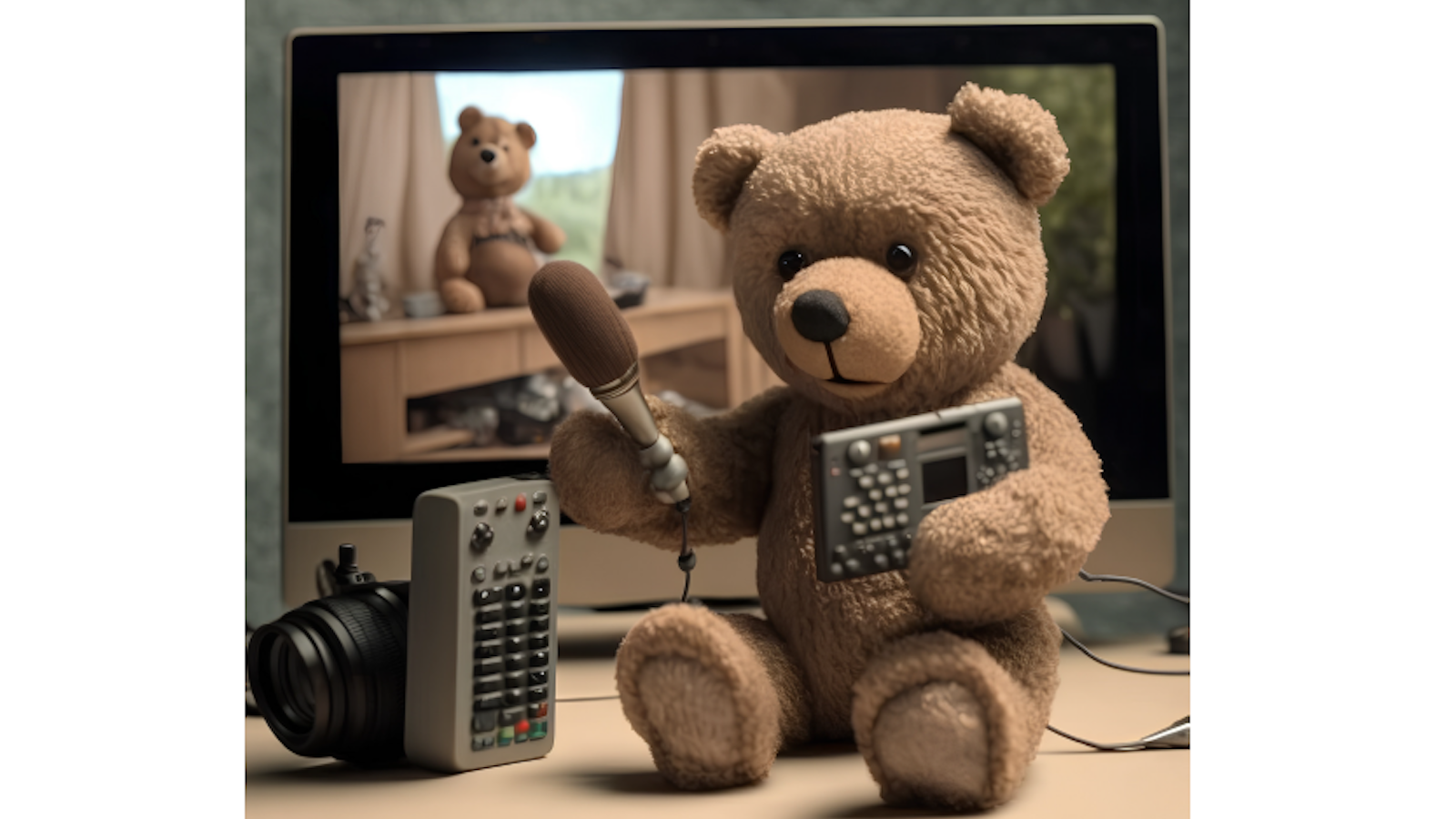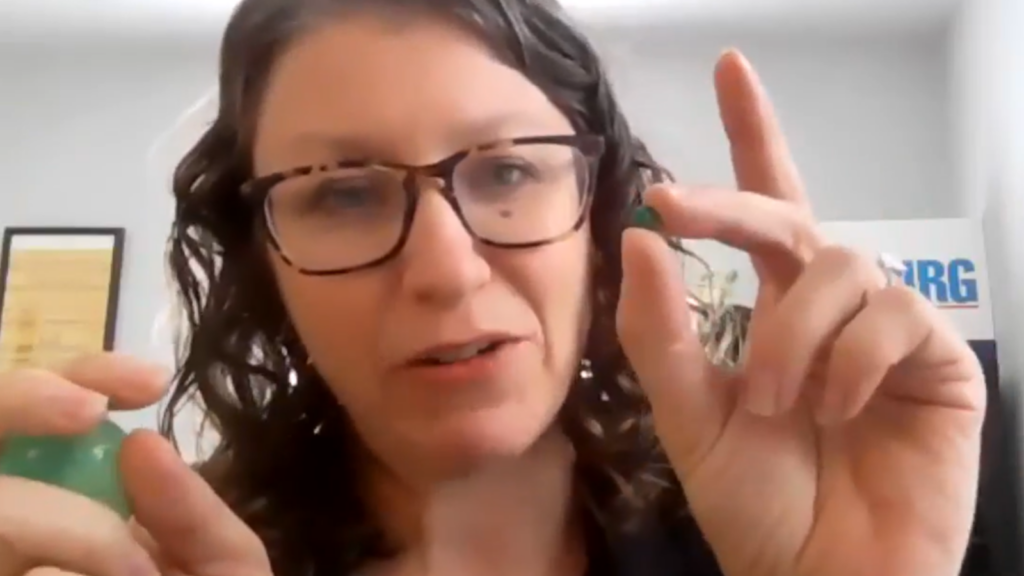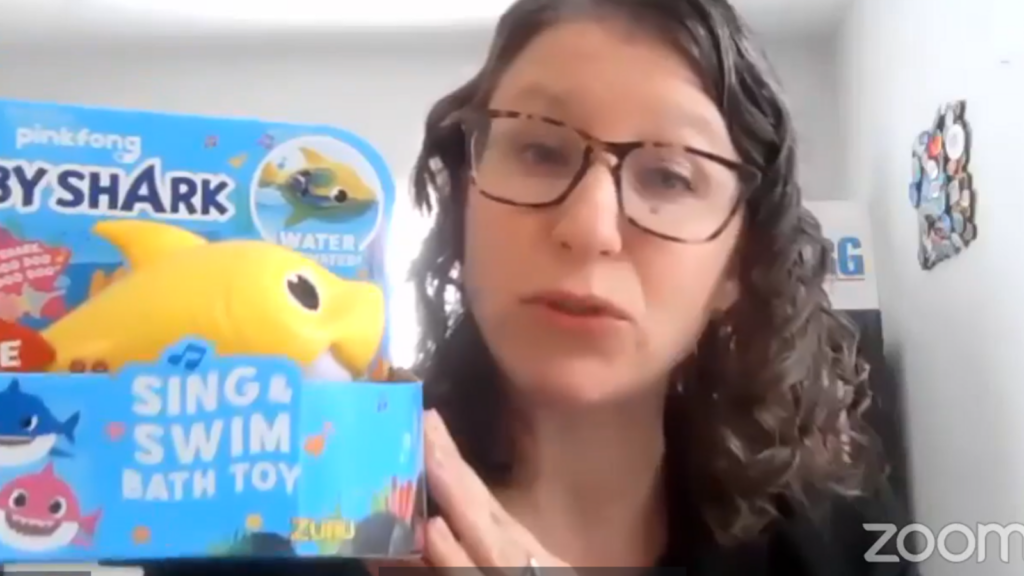
CALPIRG releases 38th annual Trouble in Toyland report

On Thursday, November 16th, CALPIRG Education Fund released our annual Trouble in Toyland report.
CALPIRG Education Fund has been researching toys and publishing our findings for 38 years. Thankfully, most traditional toys are safer today than they used to be, following stricter laws passed in 2008, and toy-related deaths and injuries treated in emergency rooms have declined over the years. However there are still more than 150,000 injuries among children 14 and under a year. That is still far too many. Some of the biggest threats in recent years are coming from different sources, such as counterfeit toys, recalled toys still for sale and toys that invade children’s privacy.
For our 38th annual Trouble in Toyland report, we focused on a few areas of concern 1) smart toys, 2) water beads, and 3) recalled toys. We also continue to look at ongoing threats from high-powered magnets, button batteries, choking hazards, counterfeit toys and inadequate warning labels.
Smart Toys
Smart toys are toys with high-tech components like microphones and cameras, WiFi or Bluetooth connections, artificial intelligence software, or companion apps you have to download. Smart toys come in lots of forms, like dolls that can have conversations or cars you drive with an app. For almost every type of toy, someone has made a “smart” version by adding in a tech component that may or may not need to be there.
The global market for smart toys grew from $14.1 billion in 2022 to $16.7 billion this year, and the business of smart toys is expected to more than double by 2027.
Smart toys can be totally neat, but they come with unique risks that fall into 2 main categories: 1) lax security protocols and 2) enabling unnecessary data collection about kids that can threaten their safety.
Lax security protocols are a big concern for connected toys that use WiFi or Bluetooth and have a camera or microphone. Some of these may allow any device nearby to pair with it, meaning a stranger could turn a smart toy into a communication device.

Photo by Staff | TPIN
One example is the Amazmic Kids Karaoke Microphone. This toy karaoke microphone connects to a phone or laptop using Bluetooth. The instructions say the device requires a password to pair, which is good. However, the password is 0000, which is not good. What’s worse, when we tested it the microphone paired in about two seconds – with no password at all. We tried this four times on four different iPhones. I was able to pair it from outside my home, meaning strangers could too. It’s troubling that there doesn’t appear to be an easy way to make it undiscoverable so strangers can’t drop in on your child and send undesirable audio messages or play inappropriate music.
The other concern with smart toys is data collection. When you stick a computer inside a toy, it can collect data. And when you hook it up to the internet, it can then transmit that data off of the toy to other places, allowing the toy manufacturer or other third parties to collect data about your child using the toy. These practices increase the risks for kids.
Anytime a company is storing your child’s data longer than necessary or sharing data with other companies, the more likely it is that information will be exposed in a breach or a hack, and end up in the wrong hands. This can pose immediate safety concerns if your child’s location data is exposed. It can also increase the odds your family will be the victim of scams, fraud or identity theft if information like email addresses, birthdates or voice recordings get leaked.
One toy with privacy concerns the toy Dino by Cognitoys. It is a cloud-based, Wi-Fi-enabled smart dinosaur, aimed at children 5- to 9-years-old. The dinosaur engages in conversations, tells jokes and stories and answers questions. But according to the Dinos’ privacy policy, it can collect data including your full name, address, mobile phone number, IP address, payment information (including zip code), child’s name, child’s date of birth, child’s gender, and other personally identifiable information. Not only is it just creepy that this Dino is collecting all of this information, but it makes your child and family more vulnerable to a hack or data breach.
There are more examples in our report, but in addition to knowing some examples of worrisome smart toys, our report includes tips for parents thinking about bringing a smart toy home.
The most important thing is that parents understand what all the “smart” features are. For example, does the toy have a microphone? If so, how does it work – Is there a button you have to push and hold in order for the microphone to listen, or is it on all the time like an Alexa? The button is better so your toy is not listening at all times. The dumber the “smart” features, the safer the toy.
In addition to smart toys our report looks at other potential dangers.
Water beads

Photo by Staff | TPIN
Water beads are a colorful, squishy sensory toy. They start small, but the problem is, as the name suggests, something happens when you combine them with water. What they do is grow, from the size of a marble, for example, to two inches in diameter. So if a child swallows one of these beads that are colorful and look like gumballs or jelly beans, it can expand in the child’s body. It can block the airway or damage the digestive tract.
According to data from the Consumer Product Safety Commission, about 7,800 children were treated in emergency rooms from 2016 through 2022 for injuries or illnesses caused by water beads. At least one died this year after ingesting the squishy beads.
Some of the beads have been recalled – but parents still need to be wary as not all brands are recalled – and as we’ll get to next, sometimes recalled items can still be purchased and pose a threat. Our recommendation is to avoid them altogether.
Recalled toys
One of the most frustrating and senseless dangers in Toyland is the sale of toys that have already been recalled because they’re dangerous. Sometimes the toys have small pieces that can break off easily and choke or cut a child. Other times the toys contain excessive levels of lead. In any case, once a toy or any other product has been recalled, it’s illegal for anyone to sell it.
But one problem is that sometimes these toys are still being sold, especially on online marketplaces like Facebook Marketplace or EBay. This year we were able to buy five of the 17 toys that had been recalled this year.

Photo by Staff | TPIN
That includes the Baby Shark Sing & Swim Bath Toys by Zuru. It was recalled in June because the plastic fin top is sharp and when used in the bath kids can slip and cut themselves on them. 12 injuries have been reported and the toy has been recalled, but we were still able to purchase it on Ebay last month.
We need companies to do a better job getting recalled toys off their shelves, including online shelves.
To check whether toys you’re considering buying or toys already in your home have been recalled, go to cpsc.gov/recalls
Topics
Authors
Jenn Engstrom
State Director, CALPIRG
Jenn directs CALPIRG’s advocacy efforts, and is a leading voice in Sacramento and across the state on protecting public health, consumer protections and defending our democracy. Jenn has served on the CALPIRG board for the past two years before stepping into her current role. Most recently, as the deputy national director for the Student PIRGs, she helped run our national effort to mobilize hundreds of thousands of students to vote. She led CALPIRG’s organizing team for years and managed our citizen outreach offices across the state, running campaigns to ban single-use plastic bags, stop the overuse of antibiotics, and go 100% renewable energy. Jenn lives in Los Angeles, where she enjoys spending time at the beach and visiting the many amazing restaurants in her city.
Find Out More

Bike helmets recalled: 140,000 and counting don’t meet safety standards; 13 separate recalls

Car companies are sneakily selling your driving data

California legislature advances bill to require warning labels on gas stoves
